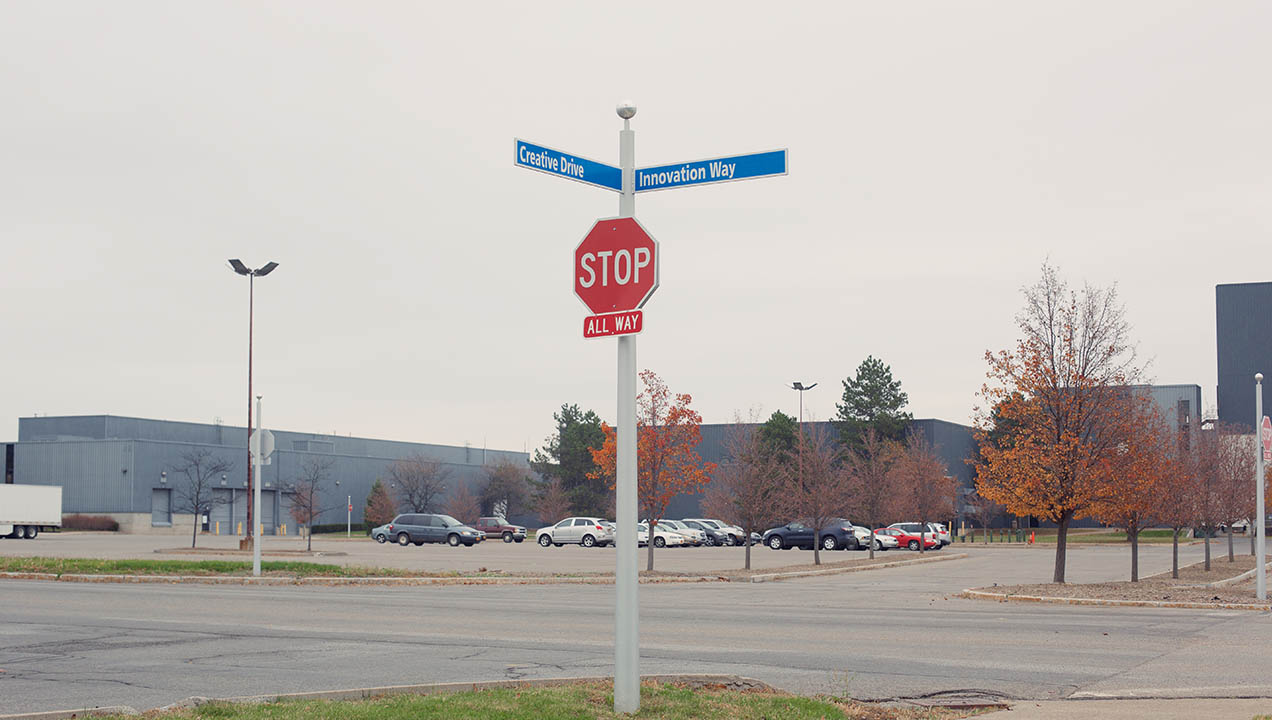Trust and robotics in customer experience
The service environment is evolving. As technology becomes more intelligent we see consumer demand, competitive pressure, and economic sense all pressing us to bring robots into the customer experience. If you are an aspiring human handler of our robotic workforce, it is important to consider the tentative trusting relationship humans have with robots.

Before my smart phone, before my Roomba, there was my my first GPS navigation system. I happily followed its instructions and my wife made fun of how quickly I lost the ability to get anywhere on my own. I was very happy to shut off that part of my brain that used to visualize the system of streets and remember the requisite steps to reach my destination. I’d outsourced that cognitive process of navigating and could now focus my energy on something more fun. A generation later and my daughter will likely consider navigation by paper map akin to penmanship and butter churning: vintage skills that were once ubiquitous.
What happened to me relates to what experts call “transactive memory.” Transactive memory is, in essence, the externalization of information. For anyone familiar with how software works, think of it as a pointer and then get a little creeped out by how memory allocation rules apply the same to both biology and silicon. Since the advent of Google, society has largely talked about outsourcing human memory to the internet, and transactive memory has begun dominating how the average consumer thinks. We are really good at remembering how to find information, but increasingly we are not storing that information in our brains quite as readily.
Which brings us to robots. Memory is one thing, but modern robotics is giving us new opportunities to outsource cognition. Navigating was one of the earliest versions of this, but recent research from Georgia Tech shows that we over-trust our mechanical sidekicks for more than just memory. The study focused on human propensity to keep following a robot out of a burning building, even when it had proved itself unreliable. Despite repeated warnings from just about every science fiction story to do with robots, we still trust them. While this situation has more dire implications than my phone trying to send me the wrong way up a one-way street, we are seeing more and more service opportunities for robotic workers to merrily lead our customers in the undesirable outcomes.
The lesson for business about how we consumers think is that we consumers don’t necessarily care about how amazing the technology is behind the interface. From a UX perspective, asking Google to tell me the capital of Ecuador (Quito, by the way) is not tremendously different than asking a policy question about my healthcare coverage. It is a matter of adoption and comfort with robotics that takes us from there to walking into a SoftBank store and asking a robot which phone I should buy. Now, I individually care that the technology behind each of those interactions is different, impressive, and complex, but at the point of service there is an expectation that everything just work.

It could be that society will evolve new expectations of automated and responsive systems as we get more used to them. Until that happens, if it happens, successful integration of robots (physical or virtual) will require at least these three things:
Integrate your technology and experience teams.
We can get away with some distance between designing the experience and the technology that delivers it when we have humans on the front lines. Humans can complete the incomplete instructions and use ambiguity in processes to make an experience what it needs to be for the individual customer. Machines can’t do any of that. Successful companies will integrate processes like journey mapping and persona generation with the configuration of analytics engines and information modeling that drives an automation-enabled customer interaction. The organizations that sort out how to bring these functions (and their respective cultures) closer together will produce the more successful robotic service environments.
Don’t over-automate.
Customers aren’t demanding automation, but they are demanding experiences that require automation. Customer expectations are formed by moving from one environment, like easily looking up the capital of Ecuador on Google, to another environment, like frustratingly trying to sort out how much they owe on their insurance deductible. Classically said by Cedric Price, “technology is the answer but what was the question?” We know that automation will bring customers what they want, but we need to remember that what they want is to have a trustworthy way to not think about the service. I don’t want to read my 400-page insurance policy; I just want to know how much of my deductible I’ve used and how much is left. That can be automated. I can find a trustworthy system, like this, to do that thinking for me. But I will have no tolerance for mistakes in that setting. Know that if something can’t be automated with reliability very near to 100%, I, the consumer, will still trust the outcome even if it leaves me standing in a burning building… which is something I presume neither of us want.
Account for customer experience.
At the root of this entire line of thinking is the simple belief that robots are useful. As happy as we humans are to hand off cognition to robots when the time is right, we also tend to be pretty good at spotting when robots are not very smart and just there to displace me into a self-service environment, and those robots very quickly turn from useful to annoying. You can implement robotics to improve economics or you can implement robotics to meet customer demands and preferences, but you can also do both. The two are not mutually exclusive goals. If you are faced with a choice between a cheaper system that is less intelligent, you should be sure you’ve accounted for the intangibles of “annoying robots create annoyed customers.” What is the cost of a poor customer experience, and does that cost to your brand and your lifetime customer value make the cheaper, annoying robot a better business decision than a useful robot that costs more because it is smarter? To account for this you need to both understand the economics of customer interaction and understand the depths of how annoying your robot may or may not be.
